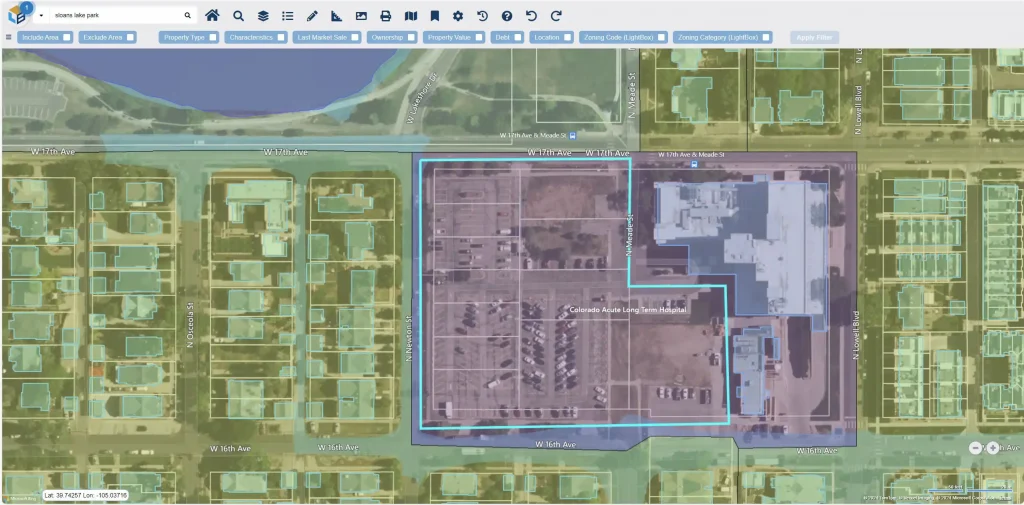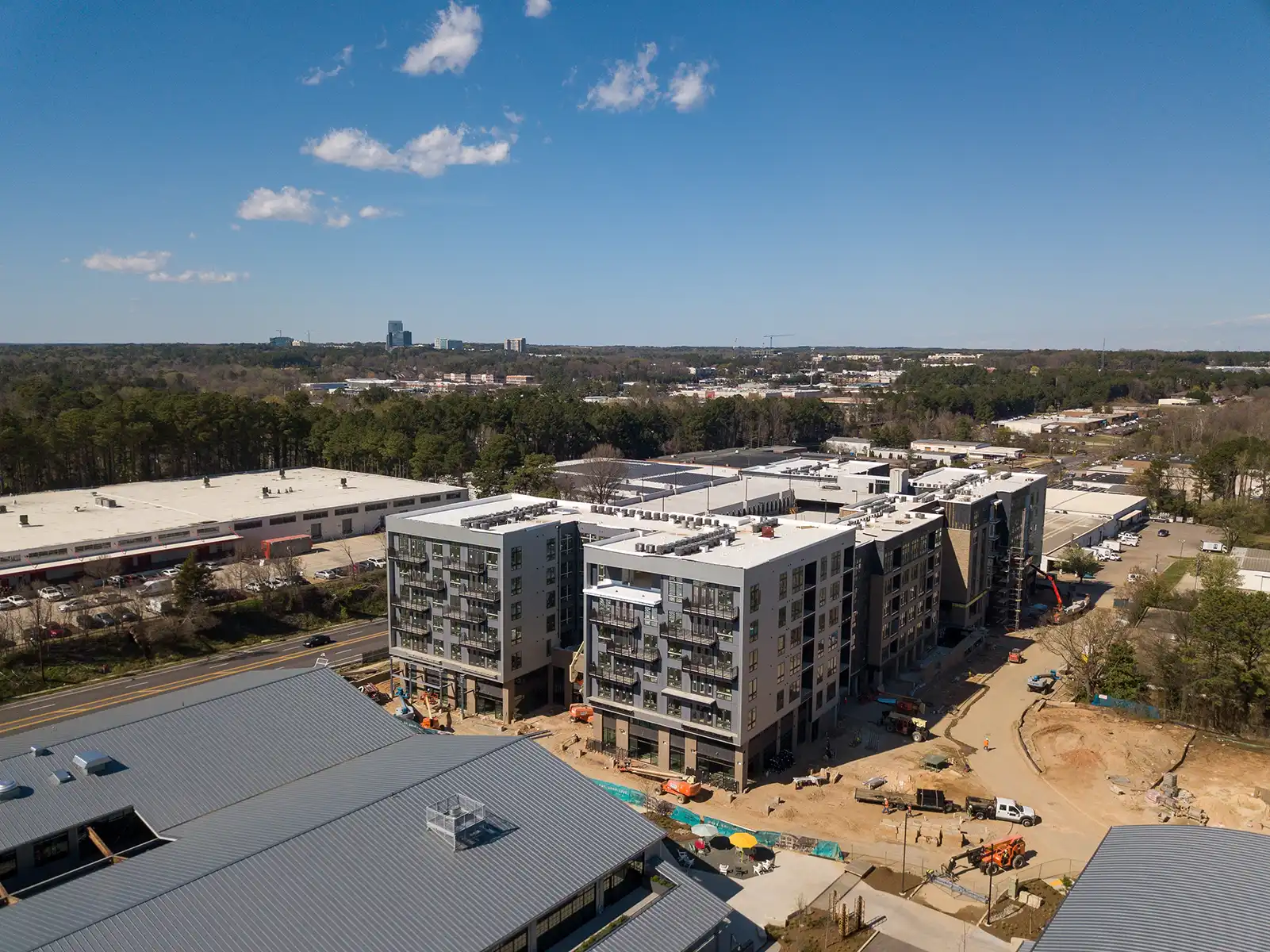Across many cities in the U.S., urban planners and policymakers are working to address the congested traffic and the shortage of adequate housing within city limits. Downtowns are ripe with opportunity but decades-long zoning of restrictive commercial use with a minimum parking requirement limit development. As cities start to rezone certain areas, a unique opportunity arises for developers to revitalize the area and address the shortage of substantial housing, while offering attractive investment prospects to potential investors.
What is Upzoning?
Upzoning, a process that involves rezoning areas to allow for increased density and mixed-use development (think multifamily units and retail), more typical in a downtown, is gaining traction across the country.
Recently in Austin, Texas, a proposal is on the books to rezone a 3-acre site just east of downtown for an increased density multifamily development. If approved by the Austin City Council, the rezoning would give the green light for the developer Pinnacle Hotels USA, to redevelop the six-story DoubleTree UT Austin hotel into two high-rises with residences and hotel rooms, significantly increasing the maximum allowable building height (from 60 to 280 feet), the allowable floor-to-area ratio (from 1:1 to 8:1), and permitting a maximum building coverage of 95%.
Ann Arbor’s City Council recently voted for a Transit Corridor (TC1 zoning) — allowing high-density, downtown-style development — to hundreds of acres of property in a few high-traffic segments of town, with plans to extend it to many more traffic-abundant areas in the coming months. In the past 1.5 years, the city has rezoned over 500 acres of property to TC1, allowing buildings up to 300 feet. New sites in this area will have to meet pedestrian-friendly design requirements like setbacks and surface parking limits, including not having parking lots between streets and storefronts.
Solving the Lack of Housing with Empty Parking Lots?
A growing number of cities have already eliminated parking minimum requirements to make room for multi-family housing. More than 50 cities and towns across the country have made the move so far. In Minnesota, the legislature is now considering implementing a series of statewide zoning measures that in Minneapolis eliminated parking minimums and made multifamily permitting easier. According to reports, Minneapolis has produced housing at three-times the rate of the US and has kept rents flat for seven years.
Despite the upside for available housing, these rezoning initiatives often take time from planning to fruition. In 2019, Denver approved a zoning change to a West Colfax area, which permits greater variety of land uses and height allowances. The zoning change is part of a greater city initiative to address desolate areas in Denver by creating more affordable housing opportunities. The proposed site at the corner of 17th street and Newton, currently a vacant parking lot, is slated for a 16-story building with retail space on the lower floors and affordable housing units above. Today, the project is still waiting for the thumbs up from the Denver City Council. City Council must next approve a resolution for a public hearing for the project to be considered.

Repurposing Malls and Strip Malls
Both the decline of traditional malls and strips malls present opportunities for repurposing, transforming underutilized sites containing expansive empty parking lots into mixed-use developments with higher density, featuring multifamily units, diverse community spaces, and pedestrian-friendly amenities.
“Repurposing the best-suited 10% of the nation’s 947.5 million square feet of strip mall space for redevelopment could create over 700,000 new multifamily homes across the country,” according to an Enterprise Community Partners report.
In Rochester, New York, Fast Company reports that a Sears store that closed in 2016 (the last holdout in a vacant mall) was converted into a 157-unit apartment building, with 73 units for low-income seniors. Adjacent to the complex sits a 4-story apartment building, a 41,000-square-foot rec center, as well as the Rochester Regional Health’s Isabella Graham Hart School of Nursing, highlighting the adaptive reuse potential of defunct commercial sites.
Across the country, in San Jose, California, a 271-unit residential complex has broken ground, replacing a closed-down Fish Market seafood restaurant and a few blocks away, a proposal was submitted for 172 affordable housing units that will replace a retail strip mall with currently open stores, including Party City and Buffalo Wild Wings.
Obstacles with Upzoning
As cities embrace upzoning, transforming dying commercial sites into lively mixed-use, downtown-style developments, some obstacles will need to be overcome. While supporters tout the benefits of denser, more walkable neighborhoods, critics wrestle with questions of parking requirements, affordability, and gentrification of small businesses.
Upzoning defunct malls, parking lots, and commercial spaces is a promising strategy for addressing urban challenges and fostering community and housing growth. But planning and zoning experts warn that it is not a magic pill for transformation and affordable housing. They caution that having the ability to build a mixed-use development and actually building such a development are two different things. Land use researcher Yonah Freemark published a report in the Summer of 2023 on zoning changes and their effects on the housing market where he notes that the link between upzoning and actual housing production is tenuous.
However uncertain the results are of the trend of upzoning in urban areas around the country, it is certain that cities will experiment to see old restrictive zoning be replaced with zoning regulations that allow for the potential to produce more housing, increased pedestrian-friendly amenities, and diverse community spaces.
